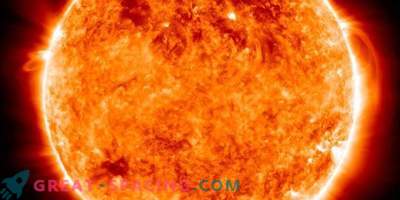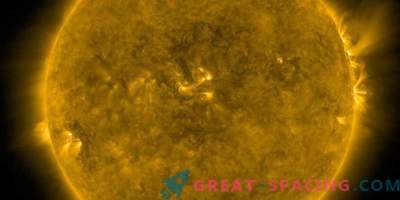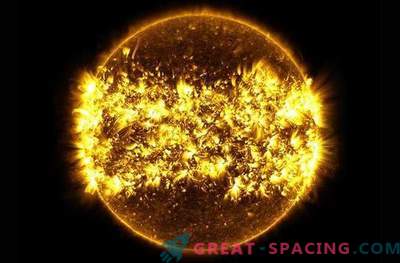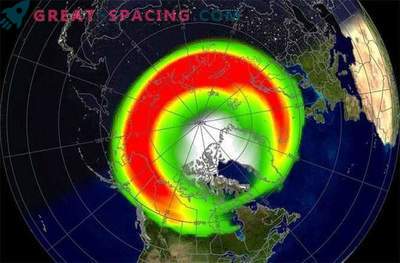
The solar activity cycle, in which there is an increase and decrease in the number of sunspots, is regularly monitored for about 250 years. But only with space telescopes managed to get a new perspective to review the nearest star.
On December 22, 2017, the Solar and Heliospheric Observatory (SOHO) celebrated 22 years in space. This is an important date, because it reflects the cyclical nature of solar activity. One sunspot cycle takes 11 years, but a full cycle doubles the number due to the activity of magnetic fields. The star's polarity gradually changes through its cycle, so after 11 years the orientation of the field will unfold between the northern and southern hemispheres. At the end of the 22-year cycle, orientation will return to its original position.
The images in the top shot show a sunny frame taken every spring. A survey in UV light demonstrates the solar corona, an extremely hot atmosphere extending millions of miles into space. At the maximum activity of the star, strong magnetic fields are released as spots in the UV images of the corona. Activity is also noticeable in the photosphere (surface in visible light). When the sun awakens, spots form on the surface. Concentrations of magnetic fields can reduce surface heating in some areas, due to which they darken in pictures in visible light.
The last cycle began in 1996, and the current cycle began in 2008 with a peak in 2014. Watching the star for 22 years, SOHO provided a wealth of information on solar variability. This is important for monitoring the interaction of stellar activity with our planet, which will allow us to create more accurate space weather forecasts.
SOHO was able to detect the presence of sunlight passing through the crown of the waves and the source of the fast stellar wind.











































